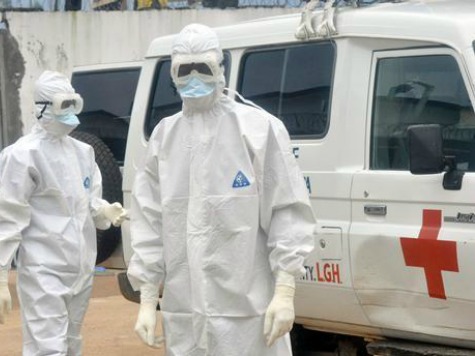This story originally appeared at LiveScience.
The current Ebola virus outbreak in West Africa has killed more than 4,000 people, but it started with one person: a 2-year-old child who died on Dec. 6, 2013.
It’s unclear how the child caught the virus, but by Jan. 1, 2014, the child’s mother, 3-year-old sister and grandmother had all died of the disease, according to a study published in the Oct. 9 issue of the New England Journal of Medicine. Their town in the Guéckédou region of Guinea sits at the intersection of three nations, giving the virus easy access to Liberia and Sierra Leone.
In a disease outbreak, it’s important to find the first person to become infected with the pathogen — called “patient zero” — because knowing that person’s history can help researchers determine how and when the outbreak started, said Dr. William Schaffner, a professor of preventive medicine and infectious diseases at Vanderbilt University Medical Center in Nashville, Tennessee.
“From a medical and public health point of view, finding the first case is instructive because it first gives us a clue as to what the source was,” said Schaffner, who was not involved in the research.
For instance, in the Guinea outbreak, the location of the first case also explained how the virus easily spread to three countries within a matter of months.
It’s likely that Ebola is transmitted to humans when they hunt or eat infected bushmeat, Schaffner said. If a person contracts the Ebola virus after hunting for meat, epidemiologists might ask questions that could help them figure out how the virus jumped from animals to people.
In Guinea, a traditional healer who had contact with the 2-year-old got sick, and then gave the virus to a doctor, who, in turn, passed it on to his relatives, according to the New England Journal of Medicine study. The disease is not airborne, but spreads through contact with the bodily fluids, such as blood and vomit, of an infected individual. [2014 Ebola Outbreak: Full Coverage of the Viral Epidemic]
In their study, the researchers mapped out the transmission of the virus, showing how it spread. First, the virus wound slowly through rural regions, and then spread rapidly as it moved into populated areas, they said.

COMMENTS
Please let us know if you're having issues with commenting.